Simple rules for Blackjack
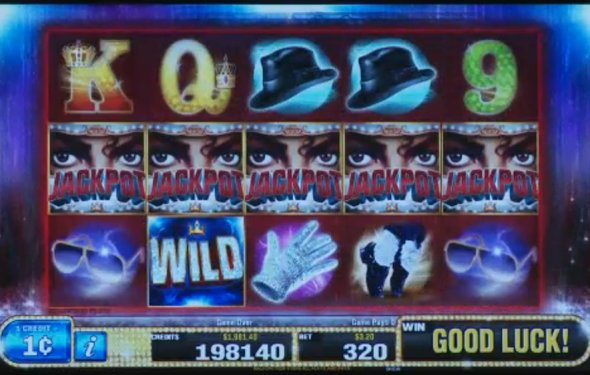
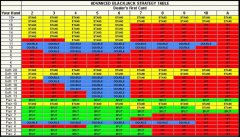 While advantage play is important for becoming a blackjack pro, the first step is learning basic blackjack strategy. We’ve come up with a list of easy-to-learn rules.
While advantage play is important for becoming a blackjack pro, the first step is learning basic blackjack strategy. We’ve come up with a list of easy-to-learn rules.
This website runs a lot of articles written for intermediate to proficient blackjack players. Mostly for guys who already know how to play blackjack but want to take their games to the upper echelon. That’s why we cover a lot of advantage play techniques like card counting and calculating house edge.
But all of that means little to the beginning player who is just learning basic blackjack strategy. For that reason, we’ve decided to get back to the basics. Here are four simple rules any blackjack newbie can follow to improve their game (Hint: before we continue, remember that a “soft” hand contains an ace, and a “hard” hand doesn’t).
When the dealer has a seven upcard, hit until you have a hardcount of 17 or higher
Reading blackjack signals like the dealer’s upcard correctly is fairly complicated. Luckily for you, we’ve broke the process down into simple rules. The dealer showing a seven means that you should hit until your chance of busting becomes too high, i.e. when you have a hard 17 or higher.
That is because a dealer upcard of seven means they have a low chance of busting. If they have a face card under that seven, then they will stand. If they have a 2-6, they have a good chance of drawing another card without busting.
Only a 7-9 means the dealer has a high chance of busting, so you need to take a risk on hitting in order the win the majority of hands. Of course, if your hand is soft, keep hitting in any case.
When the dealer’s upcard is six or lower, stop at 12
If the dealer shows a six, you should stop hitting once you’ve reached 12. That is because the dealer has a very high chance of busting, so you don’t want to take risks. If a dealer has a face card (unless its an ace) under that six they have a hardcount of 16.
According to most blackjack rules variations they are required to hit in this situation. And most of the time hitting a 16 will result in a bust, so the player should be conservative and wait out the hand.
You may ask, why the big difference between the dealer having a six or seven upcard? The answer is quite simple. If the dealer shows a 7 there is a good chance they will have a hard 17, requiring them to stand. This means their chance of busting is low, so you need to beat that 17. As mentioned above, a six upcard brings up the opposite scenario.
When the dealer shows a 9 or lower, double down if your hand totals 10 or 11
Doubling down means doubling your wager after seeing your first two cards and agreeing to be dealt only one more. You should do this when your chances of winning look very high. Having a 10 or 11 is good because receiving one additional card gives you a good chance of resting in that 18-21 sweet spot.
The dealer’s upcard is also important here because it tells you their chance of busting. You should double when the dealer shows something lower than a nine, because these cards mean they have a high chance of busting. In fact, 2-6 have bust percentages significantly higher than other cards.
Cards speak ("for themselves") is used in two poker contexts:
First, it is used to describe a high-low split game without a declaration. That is, in a cards speak game, players all reveal their hands at the showdown, and whoever has the highest hand wins the high half of the pot and whoever has the lowest hand wins the low half.
The other...

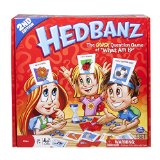
|
HedBanz Game - Edition may vary Toy (Spin Master)
|
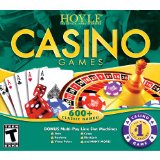
|
Hoyle Casino Games [Mac Download] Digital Video Games (Encore, Inc.)
|
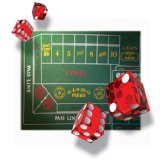
|
The Craps Guide Mobile Application (Global Apps)
|

|
Wallmonkeys WM279027 Walk the Dog Rules Peel and Stick Wall Decals (24 in W x 19 in H) Home (Wallmonkeys)
|
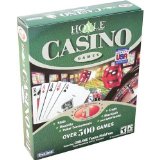
|
Hoyle Casino 2007 Video Games (Riverdeep)
|